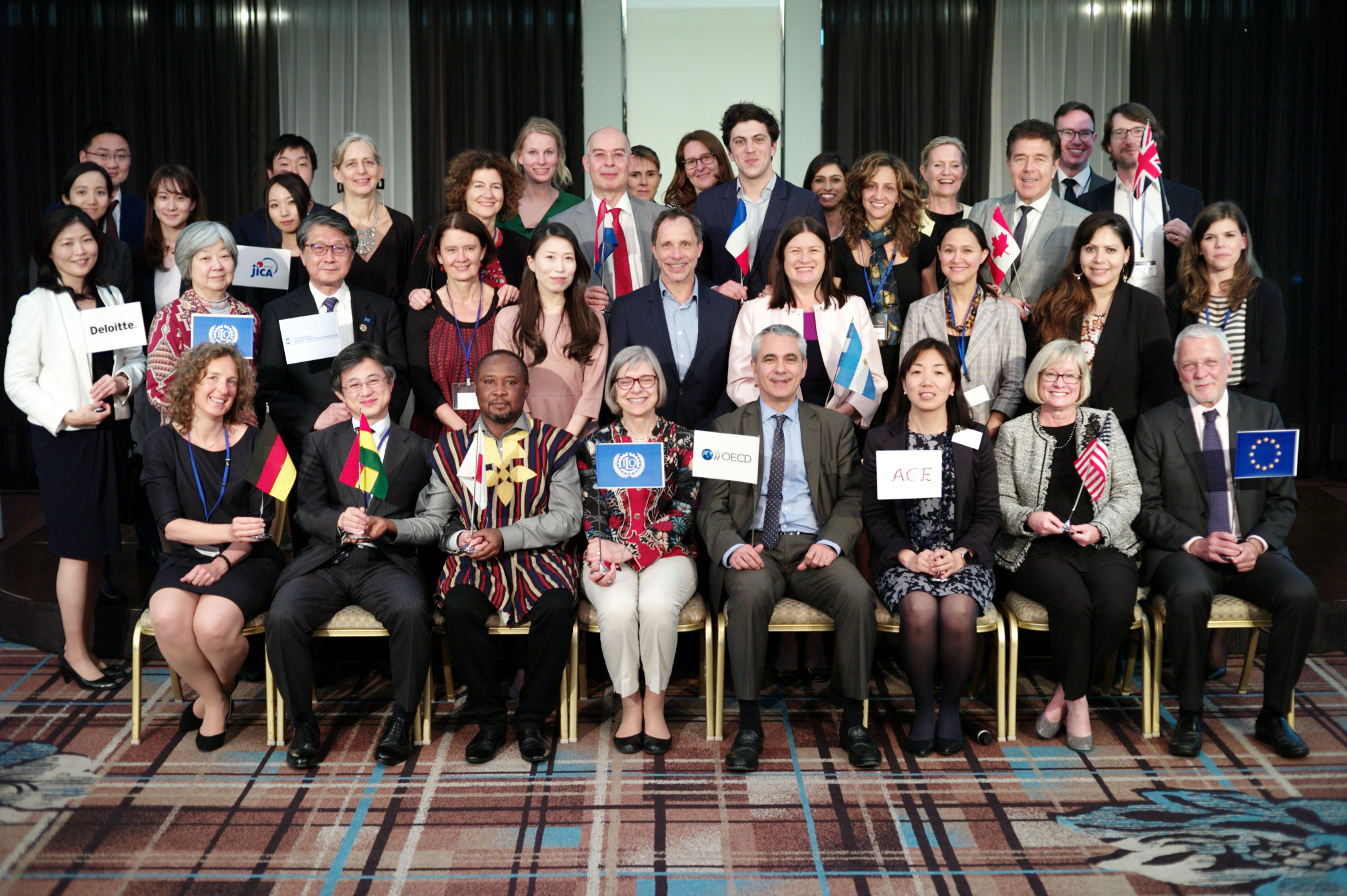Empowering workers, installing social protection programs and monitoring organizations to implement those programs are key points to reducing 152 million children engaged in child labor worldwide — more than half of whom work in hazardous conditions that put their health and development at risk.
That was the discussion topic at SDG8.7 Dialogue Dinner in April in Tokyo, an event that brought representatives from nine countries together with companies and nonprofit organizations to exchange ideas and discuss what it will take to eradicate child labor and trafficking from the world.
"The population of Japan is 126 million, so think about everyone in Japan being a child working in some form of child labor. That still isn't as many children who are in child labor today," Deborah Greenfield, deputy director general for policy at International Labor Organization, said during a panel discussion at the event. "We've seen considerable progress but there's a risk that child labor and forced labor will increase if the pace of action isn't accelerated."

















With your current subscription plan you can comment on stories. However, before writing your first comment, please create a display name in the Profile section of your subscriber account page.